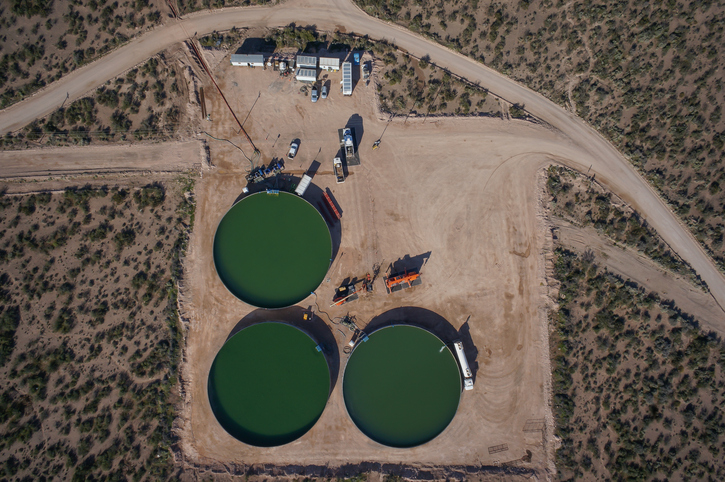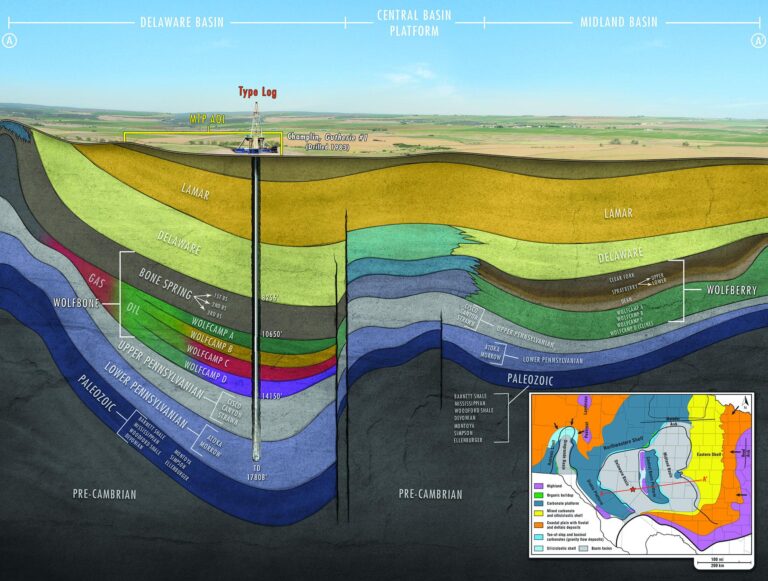Insight Blog
Sharing reports, case studies, and articles to help you understand water intelligence insight.

Balancing Growth and Risk: Why Water Management is the Permian Basin’s Biggest Challenge
Reading Time: 3 minutesAs the Permian Basin cements its position as the powerhouse of U.S. oil and gas production, a quieter challenge is emerging just beneath the surface—one

B3 Insight and Nanometrics Partner to Integrate Advanced Seismic Data into OilfieldH2O
Reading Time: 2 minutesCollaboration provides powerful, centralized solution to understand and manage injection-induced seismicity Denver, Colorado – March 5, 2025 – B3 Insight, a leader in water and

Produced Water Volumes Are Soaring: Is Your Subsurface Pressure Management Strategy Keeping Pace?
Reading Time: 4 minutesThe oil and gas industry is facing unprecedented challenges in managing subsurface pressures as produced water volumes continue to surge. According to the latest B3

The Impact of Pressure Management in the Permian Basin
Reading Time: 4 minutes The Permian Basin, spanning western Texas and southeastern New Mexico, is a cornerstone of U.S. oil and gas production. This region has long been

Data Collaboration is a Rising Tide that Lifts All Ships
Reading Time: 3 minutesWater management is evolving quickly, no matter what industry you consider. Whether it’s conservation, mining, utility supply, or oilfield water management, the need for data

The Growing Pressures of Produced Water Disposal
Reading Time: 8 minutesA version of this article appeared in the Journal of Petroleum Technology (JPT). Permian Basin Water Disposal 35 billion barrels. 1.5 trillion gallons. 1 Toledo

Agua es Vida
Reading Time: 3 minutesAgua es vida. Water is life. I recently re-watched a Western Landowners Alliance short film by this title (you can watch it HERE) and it

Where’s Water?
Reading Time: 4 minutesLast month, I had the privilege of participating in the Aspen-Nicholas Water Forum at the Aspen Institute. These dialogues, a partnership between the Aspen Institute

Permian Basin CO2-EOR: Unpacking Low Well Utilization
Reading Time: 2 minutesIn the prolific oil fields of the Permian Basin, a question emerges – why are so few wells injecting CO2? There are more than 9,000



